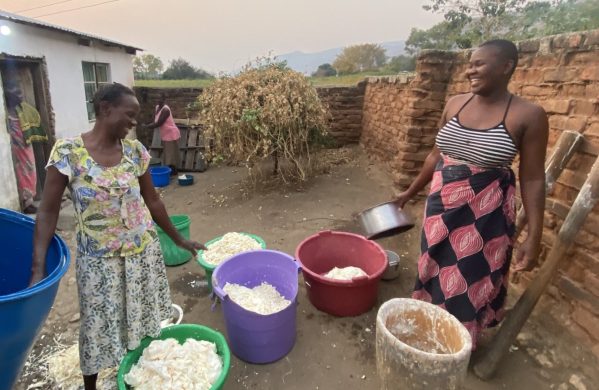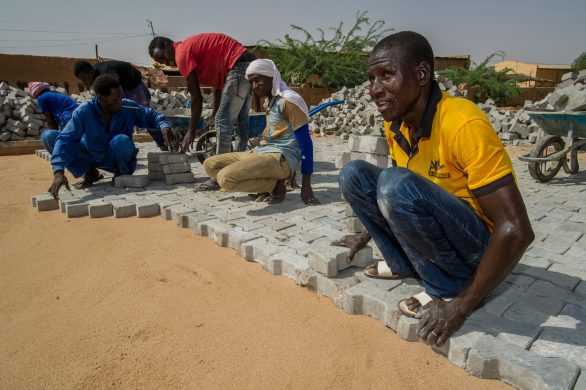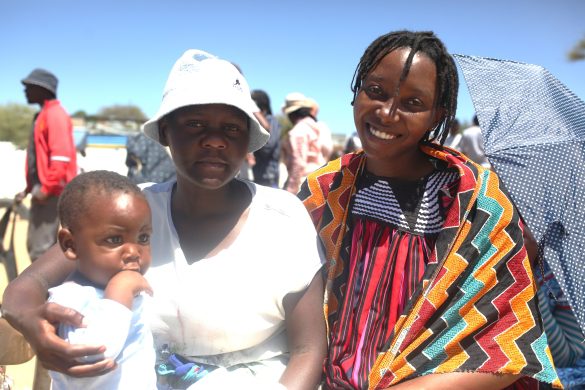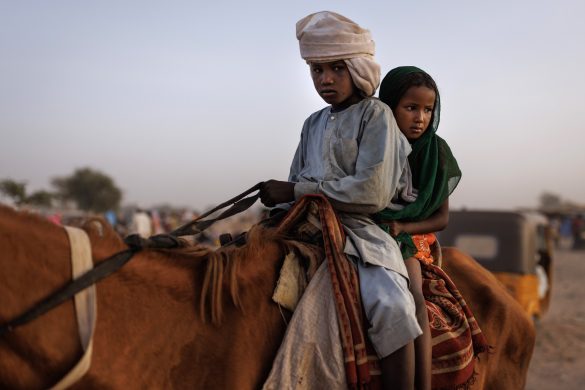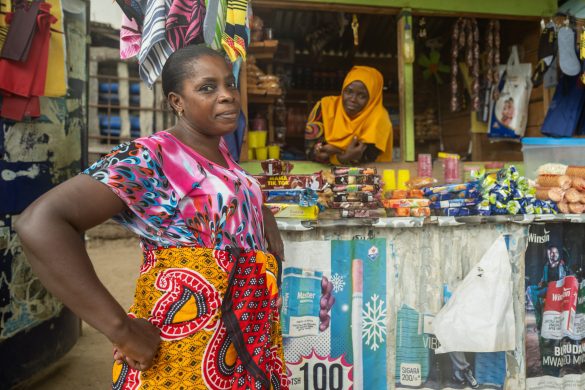En særlig afrikansk træart er i stand til at gøde og berige jorden på en måde, så man undgår at købe dyr kunstgødning og det er ikke mindst godt nyt for millioner af småbønder rundt om på kontinentet, som i forvejen slås for at klare dagen og vejen
ADDIS ABABA, 16 October 2012 (IRIN): To keep its mostly maize-growing small farms productive through cycles of drought, Malawi spends 60 percent of its agricultural budget subsidizing fertilizers (kunstgødning).
But the findings of a 12-year study, released Tuesday, suggest farmers in Malawi and elsewhere could increase yields (udbytte) consistently without applying fertilizers, using instead ‘fertilizer trees’.
To thrive, maize requires phosphorus (fosfor) and nitrogen (kvælstof), large quantities of which have been depleted (formindsket/forringet) from African soils, where fertilizer application is the lowest in the world.
The ‘fertilizer tree’ or gliricidia, a leguminous tree (af bælgplante-familien), has the ability to draw nitrogen from the air and insert it into soil, changing it into a form that plants can use.
“The trees also restore some amount of phosphorus to the soil,” said Gudeta Sileshi, the study’s lead author and the Southern Africa representative of the Kenya-based World Agroforestry Centre (ICRAF).
In addition, the leaves shed by gliricidia return organic matter to the soil, increasing its structural stability, erosion resistance and capacity to store water.
Three consecutive experiments, begun in 1991 in Malawi and Zambia, showed that when gliricidia was planted in rows between maize plants, maize yields were good year after year.
Help for smallholders (småbønder)
Læs videre på
http://www.irinnews.org/Report/96565/FOOD-No-more-fertilizers-but-trees



